Home » Peace Lily Maintenance and Care
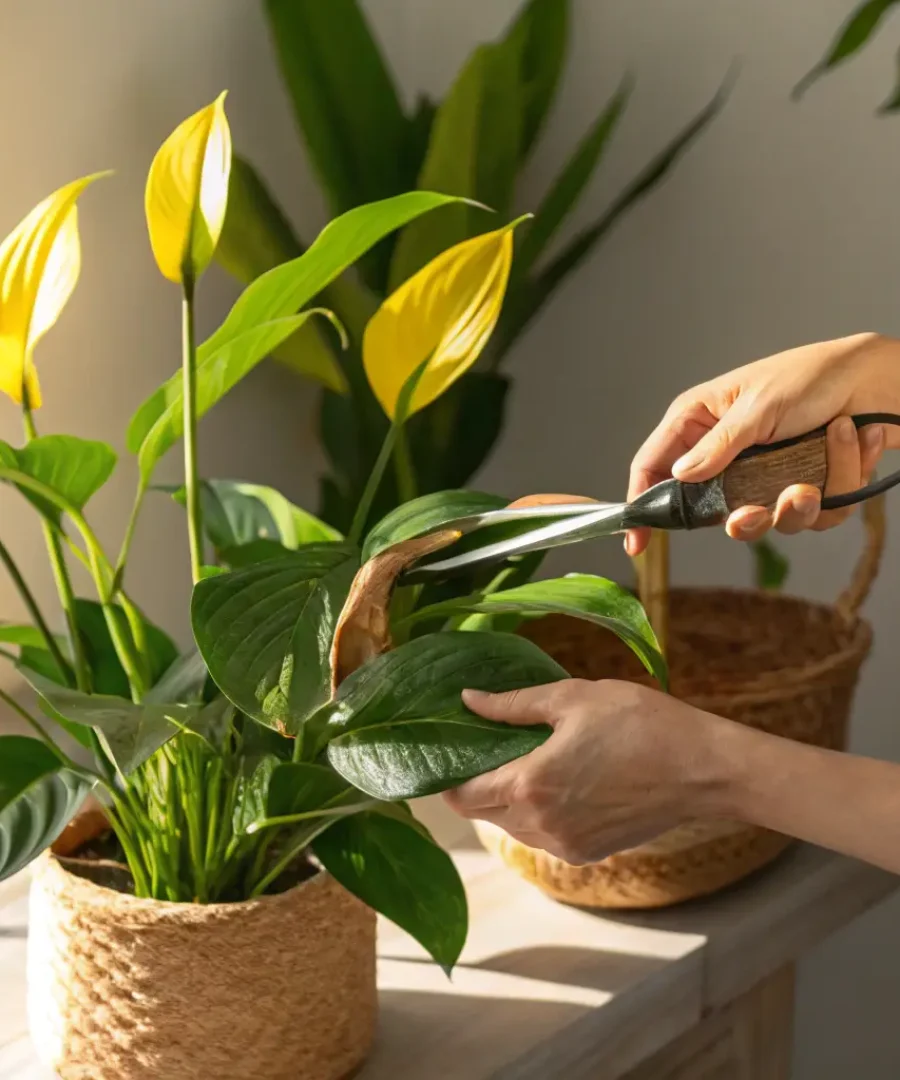
Peace Lily Maintenance and Care
Peace Lily Maintenance and Care is the essence of this article, offering a complete guide to growing and caring for your peace lily. To begin with, it covers features, benefits, and where to buy these elegant houseplants. Next, you will learn how to plant peace lilies, select pots, and choose soil. In addition, we explain light requirements and ideal indoor placement. Furthermore, how often to water and how to spot overwatering is mentioned here. Moreover, fertilization and soil care tips that help your lily charmingly thrive are included here. Meanwhile, temperature, humidity, and pruning advice ensure healthy growth. Besides, we also discuss removing dying leaves and repotting techniques. Subsequently, common pests, diseases, and troubleshooting tips appear next.
Then, you will discover how to encourage blooms, remove spent flowers, and propagate by division. Finally, lifespan insights and cutting off dying leaves are explained. Lastly, we answer FAQs on indoor care, watering schedules, leaf pruning, sunlight needs, and lifespan.Understanding Peace Lily
Origins and Features
Why Grow Peace Lily?
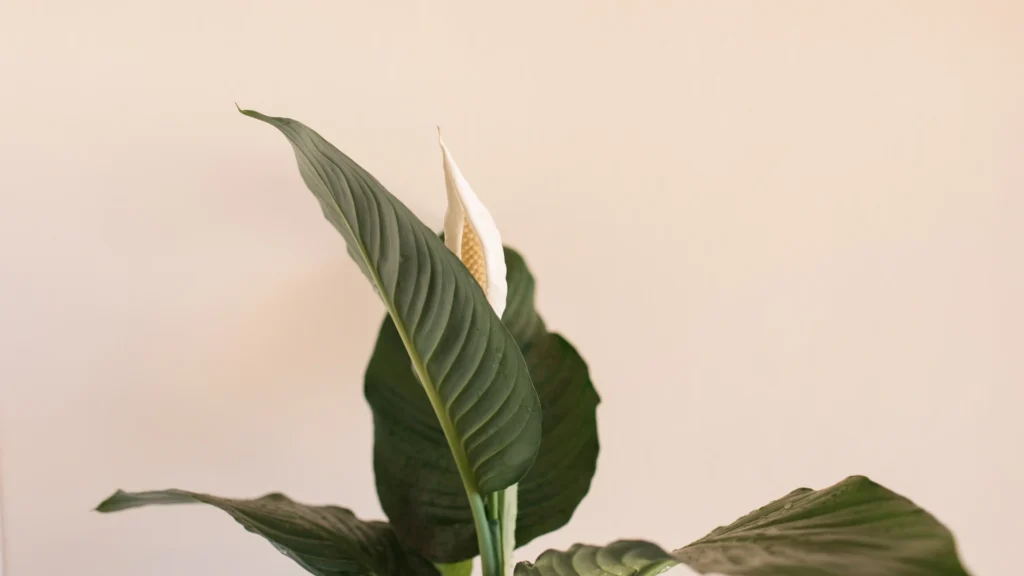
Features and Benefits
Air Purification Properties
Aesthetic Charm
Where to Buy Peace Lily
Garden Centers and Nurseries
Online Nurseries
How to Plant Peace Lily
Choosing the Right Pot
Soil Requirements
Potting Steps
- Place a layer of gravel or clay pebbles at the bottom.
- Fill the pot halfway with potting mix.
- Lower the plant gently, positioning roots spread out.
- Add soil until the root crown is flush with the rim.
- Press soil lightly and water thoroughly.
Light Requirements
Sunlight Needs
Watering Guide
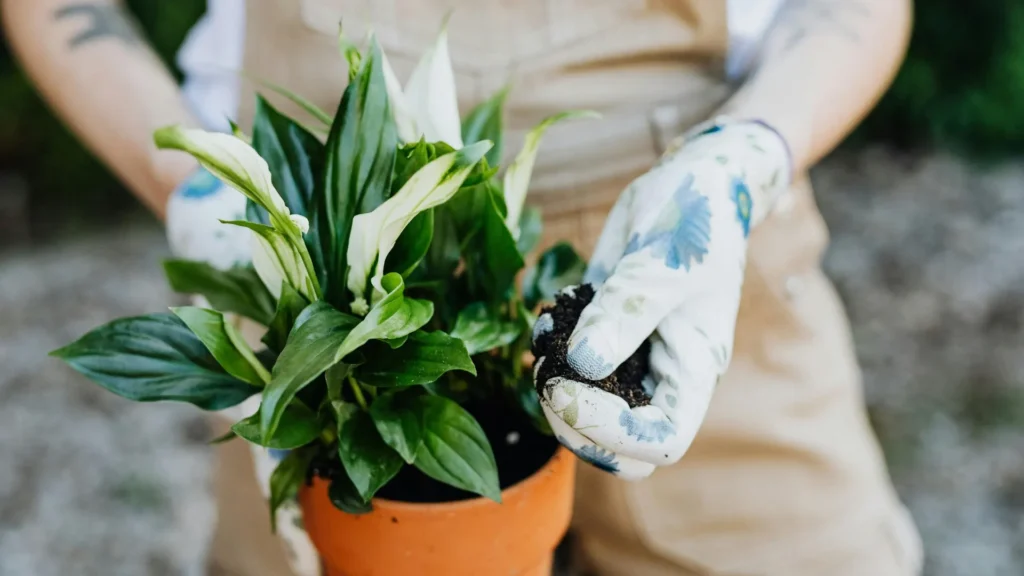
Signs of Overwatering and Underwatering
Soil and Fertilization
Fertilizer Tips
Temperature and Humidity
Ideal Ranges
Humidity Boost Methods
Pruning and Maintenance
Repotting Peace Lilies
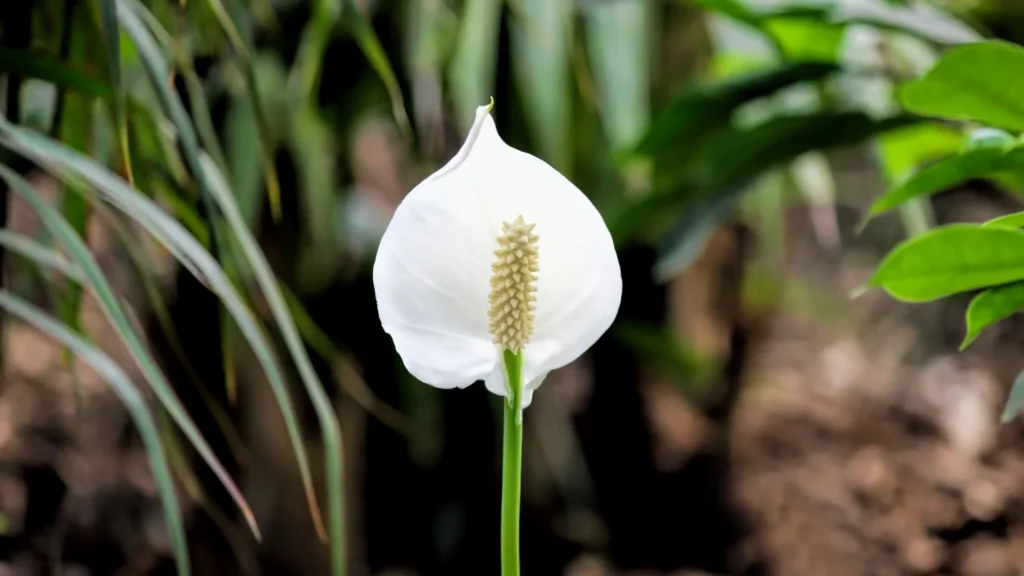
Common Pests and Diseases
Identifying Issues
Treatment Methods
Blooming and Flower Care
Encouraging Blooms
Spent Flower Removal
Propagation Techniques
Caring for New Plants
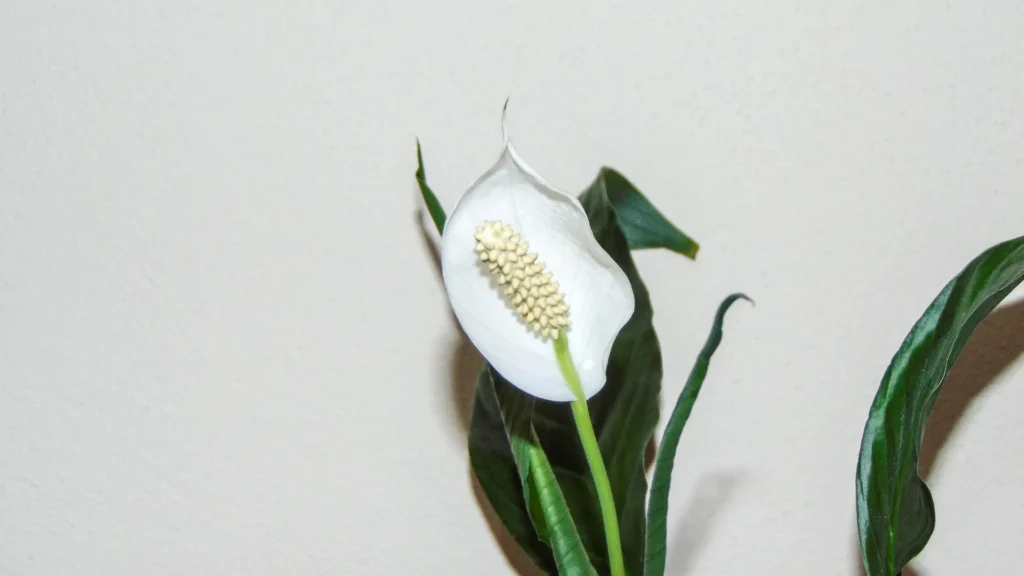
Troubleshooting Tips
Yellow Leaves
Brown Tips
Lifespan and Longevity
Creative Display Ideas
Decorative Pots and Covers
Group Arrangements
Summary
As an indoor companion, it ticks all the boxes as an air purifier, is easy to maintain, and is beautiful. To begin with, Peace Lily needs simple planting, watering, and maintenance to enjoy its beauty for years. In addition, remove dying leaves, monitor light, and adjust humidity. Moreover, mindful fertilization and repotting make it happy. Meanwhile, keep an eye on pests or fungal infestations and take remedial measures pronto. With this in mind, you have everything needed to keep your peace lily thriving.
Earlier, this guide covered peace lily origins, benefits, and buying tips. Then, you learned how to plant, choose soil, and pick pots. Next, light, watering, and humidity requirements are explained step by step. After that, we covered pruning, removing dying leaves, and repotting. Furthermore, fertilization schedules and troubleshooting common issues help you solve problems. Subsequently, bloom encouragement, spent flower removal, and propagation by division ensure continued growth. Finally, lifespan insights and display ideas finish our guide.

